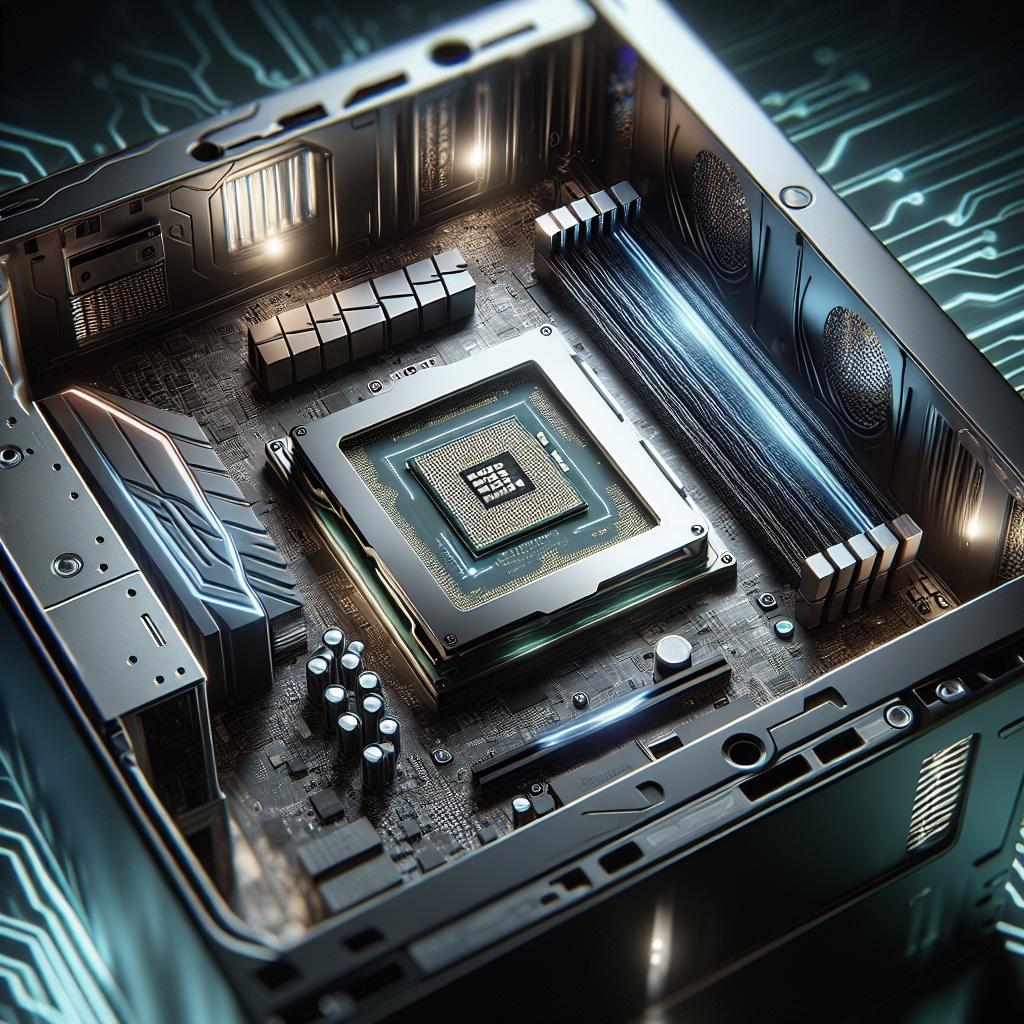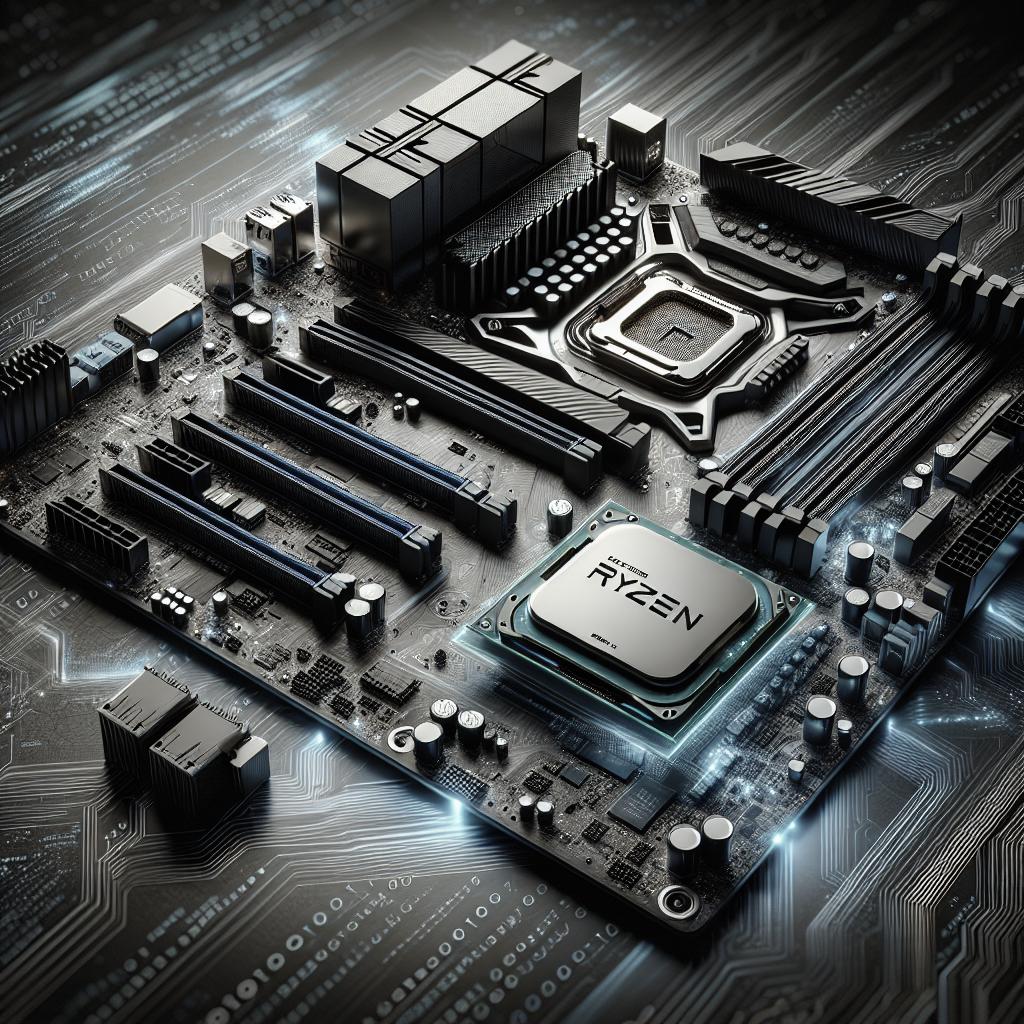“`html
How Much Space Should I Leave on My SSD?
Managing the storage space on your SSD is crucial for maintaining its performance and longevity. In this blog post, we will explore the implications of letting your drive get too full, how much space should ideally be left free on both mechanical hard drives and solid-state drives, and provide tips to keep your drives free of clutter. By following these guidelines, you can ensure that your storage devices operate efficiently and have a longer lifespan. Read on to discover the best practices for maintaining optimal SSD performance.
Table of Contents
- What to Expect When Capacity is Close to 100%?
- How Much Space Should Be Kept Free on a Drive?
- Keep Your HDD or SSD Clutter-Free
What to Expect When Capacity is Close to 100%?
When your SSD gets close to full capacity, you may experience a variety of performance issues. Solid-state drives rely on flash memory to store data, and when every corner of the drive is occupied, it can lead to higher read and write latency. This essentially means that files will take longer to be saved or retrieved, decreasing the overall responsiveness of your system.
Furthermore, SSDs use an internal process known as garbage collection to manage the rewriting of cells. A full drive can hinder this process, causing further strain and potentially reducing the lifespan of the SSD. Data can become fragmented, making it more difficult for the drive to access and delete older, unwanted files. This congestion leads to inefficiencies that are reflected in slower boot times and decreased application performance.
In addition to the performance impacts, an SSD at full capacity can also pose a security threat. Encrypted data on a full SSD may not be as reliably sanitized during deletion, potentially leaving remnants of sensitive information that could be accessed by someone with forensic knowledge. Therefore, it’s essential to leave enough space on your SSD to avoid these risks.
How Much Space Should Be Kept Free on a Drive?
Mechanical Hard Drives
For traditional mechanical hard drives, a good rule of thumb is to leave around 10-15% of the total capacity free. This amount of space allows the operating system to function properly by having enough room to create temporary files, swap files, and ensure smooth performance overall. Mechanical drives are less sensitive to the effects of full capacity than SSDs but can still witness slowdowns if the drive becomes too congested.
Additionally, leaving free space enables the drive to efficiently defragment files. The defragmentation process organizes files to minimize the amount of head movement required to access data, effectively boosting the read and write speed of the drive. Without adequate free space, defragmentation processes can be less effective, leading to further slowdowns.
Ensuring that there is always a cushion of available storage not only prolongs the drive’s performance but also guards against accidental data loss by maintaining integrity in situations where sudden space is required, such as during large-scale software updates or in the event of unexpected data influx.
Solid-State Drives
For SSDs, it is generally recommended to leave about 20-25% of the drive’s capacity free. SSDs require more free space compared to mechanical drives to maintain their efficiency because they need a substantial amount of available blocks for their wear leveling and garbage collection algorithms to function optimally. When cells are continuously overwritten, the risk of cell degradation increases, which can lead to premature drive failure.
By maintaining adequate free space, you enable the drive to manage its tasks more evenly and keep its overall wear balanced. This not only improves the SSD’s performance but also extends its health and lifespan. SSDs with more space available can also take advantage of their built-in over-provisioning, a technique used to manage space intelligently and effectively, ensuring data integrity and drive endurance.
Additionally, keeping your SSD from reaching full capacity helps with the accurate functioning of TRIM, a command that aids in the efficient clearing of deleted data, preventing the slowdown that can occur when retrieving files from a congested drive.
Keep Your HDD or SSD Clutter-Free
To keep your HDD or SSD operating smoothly, a regular maintenance routine should be deemed essential. Regularly deleting unnecessary files and uninstalling software that is no longer in use can free up significant storage space on your drive. This simple habit not only prevents clutter but also enhances the efficiency and speed of data retrieval and writing processes.
Another effective measure is to utilize drive cleanup tools offered by most modern operating systems. These tools can systematically remove temporary files, clear out cache, and even help manage large files that are no longer in active use. By doing so, you can reclaim precious gigabytes of space, making your drive easier to manage and quicker to operate.
Incorporating cloud storage solutions or external hard drives is another method to offload data that isn’t required on a daily basis. Moving photos, videos, and other sizeable files to alternate storage devices can significantly reduce strain on your primary drive, leaving ample space for your operating system and critical applications, thereby optimizing the drive’s performance and longevity.
Summary of Main Points
| Aspect | Mechanical Drives | Solid-State Drives |
|---|---|---|
| Recommended Free Space | 10-15% of total capacity | 20-25% of total capacity |
| Performance Impact | Can slow down if overcrowded; defragmentation can help | Considerable slowdowns with full capacity; wear leveling is crucial |
| Advantages of Free Space | Improves defragmentation and protects from data loss | Enhances efficiency of TRIM, garbage collection, and prevents cell degradation |
| Maintenance Tips | Regularly delete unnecessary files; use cleanup tools | Offload to cloud/external drives; maintain wear leveling |
“`


